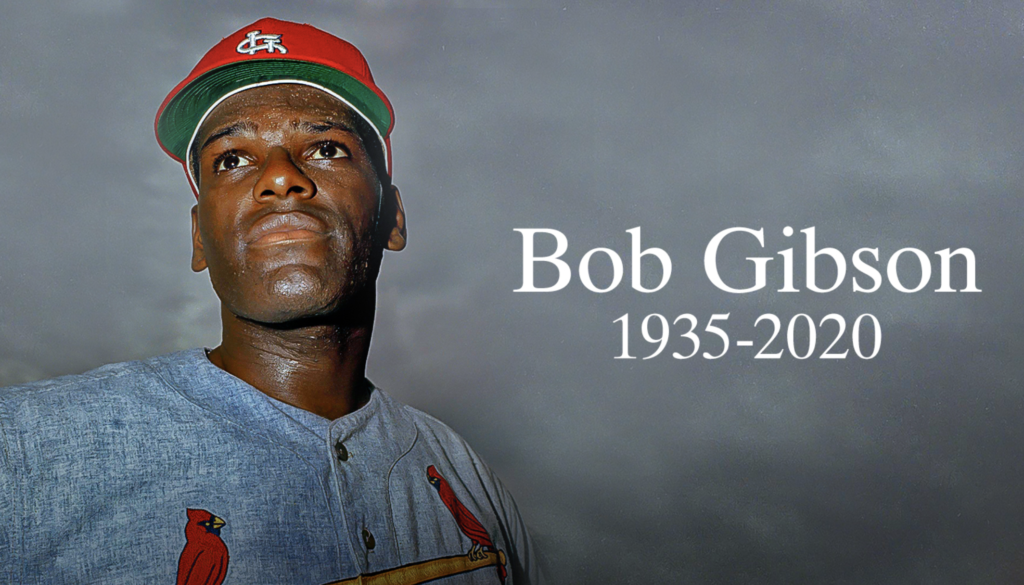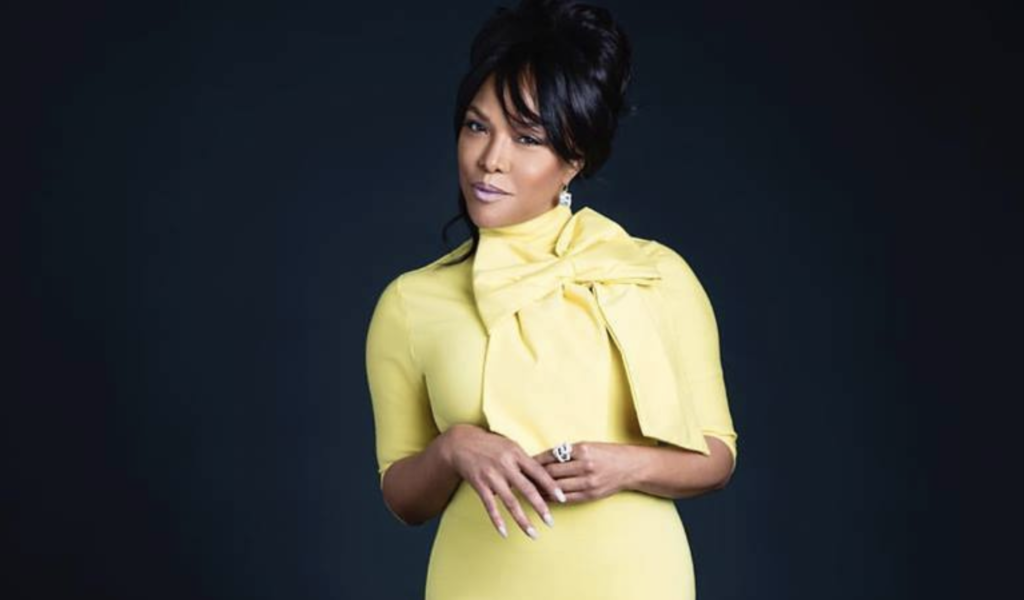Rest In Peace To A Real Legend
02 Oct, 2020
Baseball Hall of Famer Bob Gibson died Friday at age 84, the St. Louis Cardinals confirmed to ESPN.
He announced in July 2019 that he had pancreatic cancer.
The nine-time All-Star and two-time World Series champion earned 251 wins, struck out 3,117 and had a 2.91 ERA and was known as a fierce competitor who rarely smiled.
The two-time Cy Young Award winner was named the World Series MVP in the Cardinals’ 1964 and 1967 championship seasons. He was the National League MVP in 1968.
At his peak, Gibson might have been the most talented all-around starter in history, a nine-time Gold Glove winner who roamed wide to snatch up grounders despite a fierce, sweeping delivery that drove him to the first-base side of the mound and a strong hitter who twice hit five home runs in a season and batted .303 in 1970, when he also won his second Cy Young.
Averaging 19 wins per year from 1963 through 1972, he finished 251-174 and was only the second pitcher to reach 3,000 strikeouts. He didn’t throw as hard as Sandy Koufax or from as many angles as Juan Marichal, but batters never forgot how he glared at them (or squinted, because he was nearsighted) as if settling an ancient score.
In 1968, “The Year of the Pitcher,” Gibson made a case for one of the greatest seasons ever produced by a starter. He went 22-9 with a 1.12 ERA and 13 shutouts, leading to the pitcher’s mound being lowered from 15 to 10 inches. Gibson completed 28 of his 34 starts.
“I was pissed,” Gibson later remarked about the rule change brought on by his dominance, although he remained a top pitcher for several years and in 1971 threw his only no-hitter, against Pittsburgh.
Gibson’s death came on the 52nd anniversary of perhaps his most overpowering performance, when he struck out a World Series-record 17 batters in Game 1 of the 1968 Fall Classic against the Detroit Tigers.
“It was just so hard to beat him,” Chicago Cubs slugger and fellow Hall of Famer Billy Williams once said about Gibson. “One year, Roberto Clemente hit a line drive that hit him right in the shin. He pitched another five, six innings to finish the game, then it turned out he had a broken leg.”
Jack Flaherty, who was the starting and losing pitcher for the Cardinals in Friday’s season-ending loss to the San Diego Padres, shared his condolences on Twitter.
St. Louis catcher Yadier Molina, who has played his entire career with the Cardinals, said the news of Gibson’s death put Friday’s defeat in perspective.
“It’s kind of hard losing a legend. You can lose a game, but when you lose a guy like Bob Gibson, just hard,” Molina said. “Bob was funny, smart, he brought a lot of energy. When he talked, you listened. It was good to have him around every year. We lose a game, we lose a series [Friday], but the tough thing is we lost one great man.”
Gibson’s tenacity set him apart from many of his peers. He snubbed opposing players and sometimes teammates who dared speak to him on a day he was pitching, and he didn’t even spare his own family.
“I’ve played a couple of hundred games of tic-tac-toe with my little daughter, and she hasn’t beaten me yet,” he once told The New Yorker’s Roger Angell. “I’ve always had to win. I’ve got to win.”
Equally disciplined and impatient, Gibson worked so quickly that broadcaster Vin Scully joked that he pitched as if his car were double-parked. He had no use for advice, scowling whenever catcher Tim McCarver or anyone else thought of visiting the mound.
“The only thing you know about pitching is you can’t hit it,” Gibson was known to say.
His concentration was such that he seemed unaware he was on his way to a World Series single-game strikeout record (surpassing Koufax’s 15) until McCarver convinced him to look at the scoreboard.
During the regular season, Gibson struck out more than 200 batters nine times and led the National League in shutouts four times, finishing with 56 in his career. His 13 shutouts in 1968 led McCarver to call Gibson “the luckiest pitcher I ever saw. He always pitches when the other team doesn’t score any runs.”
He was, somehow, even greater in the postseason, finishing 7-2 with a 1.89 ERA and 92 strikeouts in 81 innings. Despite dominating the Tigers in the 1968 Series opener, that year ended with a Game 7 loss — hurt by a rare misplay from star center fielder Curt Flood.
Gibson’s 1.12 ERA in that regular season was the third lowest for any starting pitcher since 1900 and by far the best for any starter in the post-dead ball era, which began in the 1920s.
Signed by the Cardinals as an amateur free agent in 1957, Gibson had early trouble with his control, a problem solved by developing one of baseball’s greatest sliders, along with a curve to go with his hard fastball. He knew how to throw strikes and how to aim elsewhere when batters stood too close to the plate.
Hank Aaron once counseled Atlanta Braves teammate Dusty Baker about Gibson.
“Don’t dig in against Bob Gibson; he’ll knock you down,” Aaron said, according to The Boston Globe. “He’d knock down his own grandmother if she dared to challenge him. Don’t stare at him, don’t smile at him, don’t talk to him. He doesn’t like it. If you happen to hit a home run, don’t run too slow, don’t run too fast. If you happen to want to celebrate, get in the tunnel first. And if he hits you, don’t charge the mound, because he’s a Gold Glove boxer.”
Only the second Black player, after Don Newcombe, to win the Cy Young Award, Gibson was an inspiration while insisting otherwise. He would describe himself as a “blunt, stubborn Black man” who scorned the idea he was anyone’s role model and once posted a sign over his locker reading, “I’m not prejudiced. I hate everybody.”
But he was proud of the Cardinals’ racial diversity and teamwork, a powerful symbol during the civil rights movement, and his role in ensuring that players did not live in segregated housing during the season.
He was close to McCarver, a Tennessean who would credit Gibson with challenging his own prejudices, and the acknowledged leader of a club that featured whites (McCarver, Mike Shannon, Roger Maris), Blacks (Gibson, Flood, Lou Brock) and Hispanics (Orlando Cepeda, Julian Javier).
“Our team, as a whole, had no tolerance for ethnic or racial disrespect,” Gibson wrote in “Pitch by Pitch,” published in 2015. “We’d talk about it openly and in no uncertain terms. In our clubhouse, nobody got a free pass.”
Flaherty, who is Black, grew close to Gibson in recent years. The right-handers would often talk, the 24-year-old Flaherty soaking up advice from the great who wore No. 45.
“That one hurts,” Flaherty said. “He’s a legend, first and foremost, somebody who I was lucky enough to learn from. You don’t get the opportunity to learn from somebody of that caliber and somebody who was that good very often.”
“I had been kept up on his health and where he was at. I was really hoping it wasn’t going to be today. I was going to wear his jersey today to the field but decided against it,”
Jim Palmer, a contemporary of Gibson’s and a Hall of Famer for the Baltimore Orioles, shared his thoughts on Twitter.
“Dave Johnson would sometimes run in from 2nd base and say give them the Bob Gibson! I’d say, there is only 1 Bob Gibson,” Palmer wrote. “Wasn’t that the truth. Talented, competitive, a warrior on the hill! So glad I got to know him. Will dearly miss him.”
Gibson — who went by the nickname “Hoot” after cowboy and silent movie star Hoot Gibson — was elected to the Baseball Hall of Fame in his first year of eligibility, in 1981. He was inducted into the team’s hall of fame in 2014.
Among his other honors, Gibson was ranked No. 31 on The Sporting News’ list of the 100 Greatest Baseball Players and was elected to the MLB All-Century Team in 1999.
After retiring, Gibson was an “attitude coach” for Joe Torre, his former teammate, with the New York Mets then followed Torre to the Braves, where Gibson was pitching coach. Before that, he was a backup color analyst for ABC’s Monday Night Baseball in 1976, and briefly was a color commentator for the New York Nets of the American Basketball Association.
In 1990, Gibson was a color commentator for baseball games on ESPN, and in 1995, he again worked with Torre as a pitching coach, this time with the Cardinals.
Gibson died less than a month after the death of a longtime teammate, Hall of Fame outfielder Lou Brock. Another pitching great from his era, Tom Seaver, died in late August.
ESPN
Image MLB twitter
Mentioned In This Post:
About the author
Related Posts
-
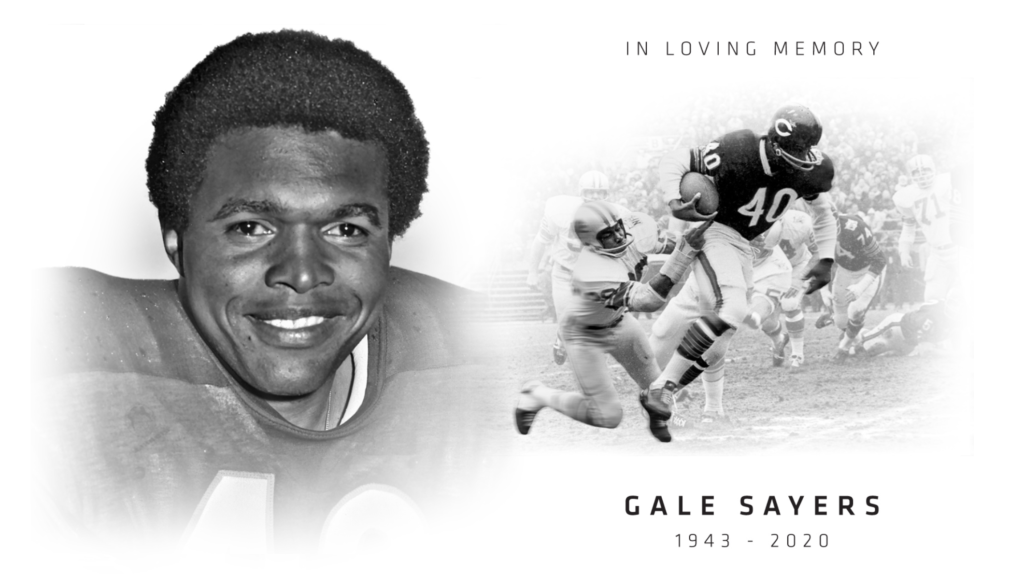
The NFL and America, Lost A Legend
-

Brett Favre Caught in Welfare Scam?
-
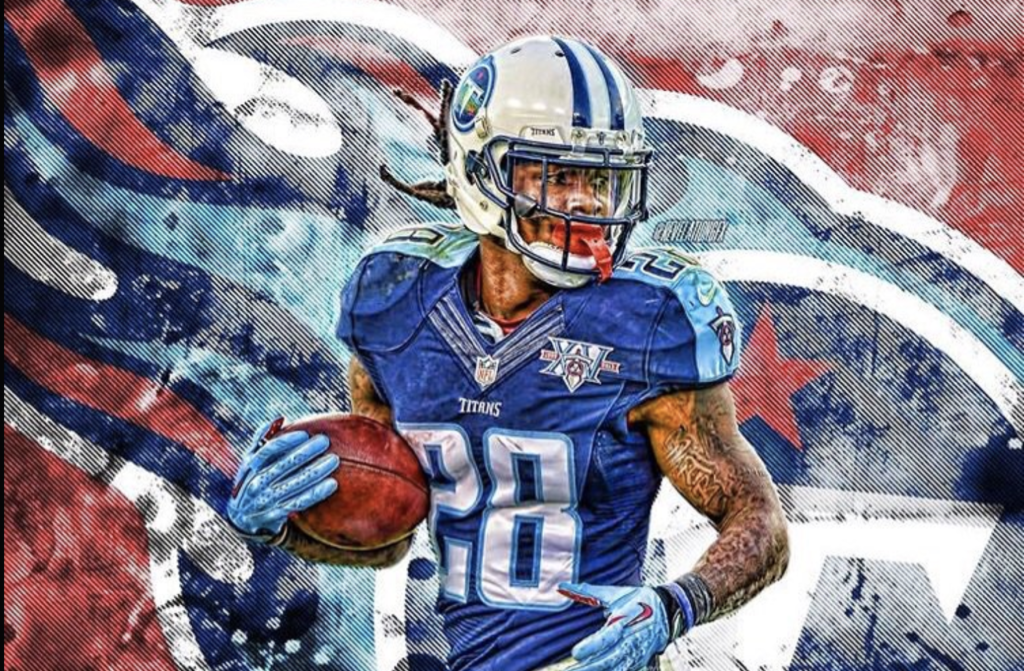
Serious Allegations For Ex-NFL Star
-
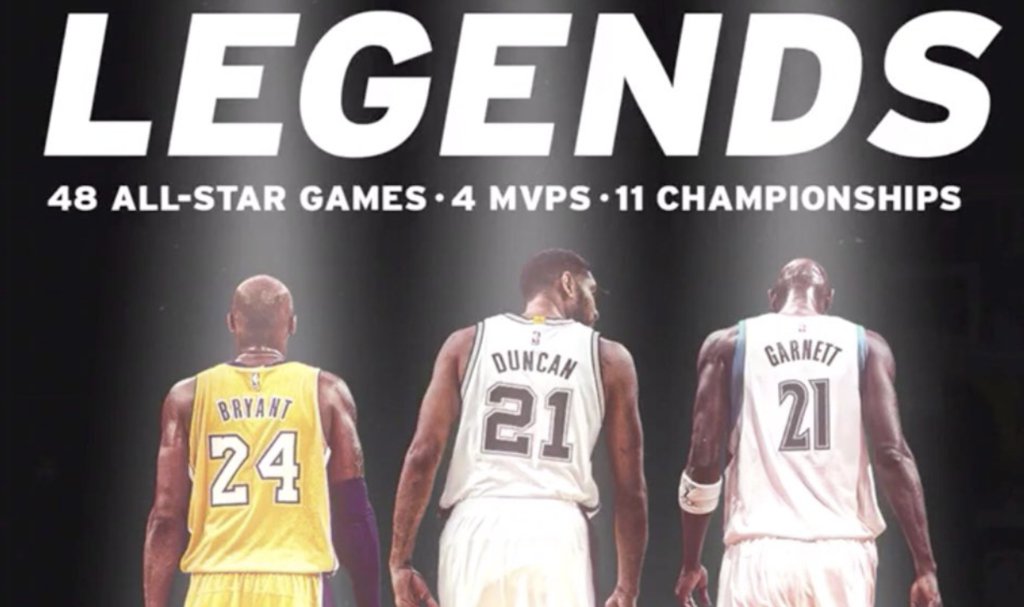
Kobe Leads Legendary HOF Class
-
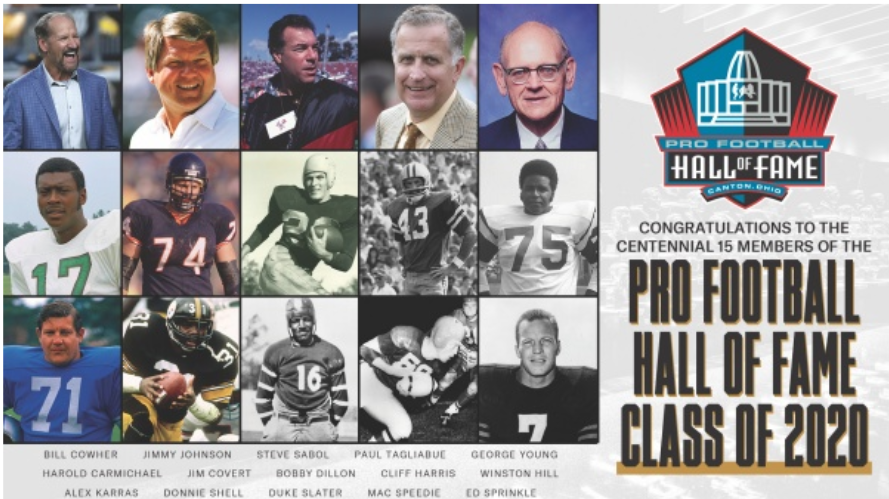
Get The Gold Jackets Ready
-
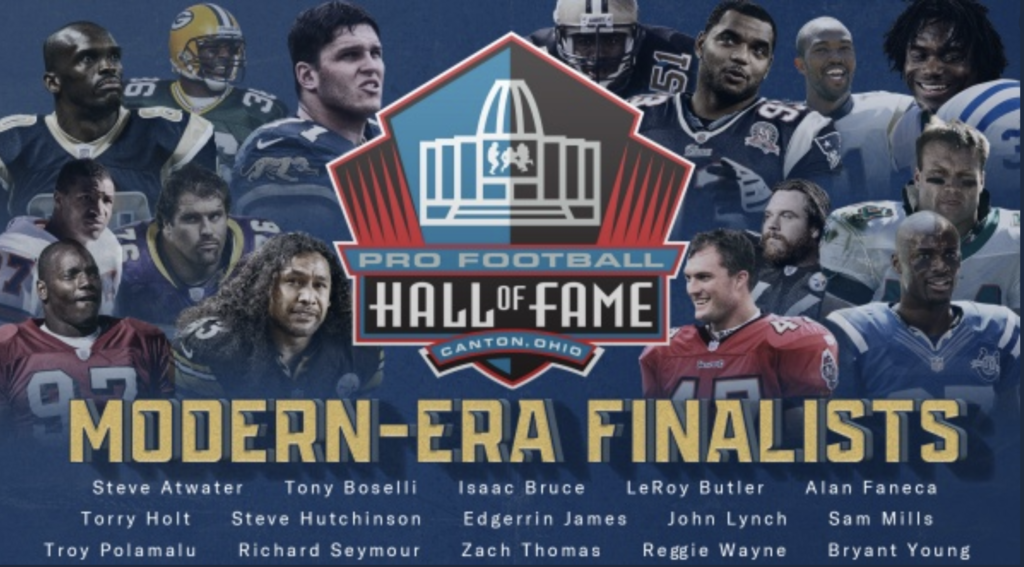
Get The Gold Jackets Ready
-
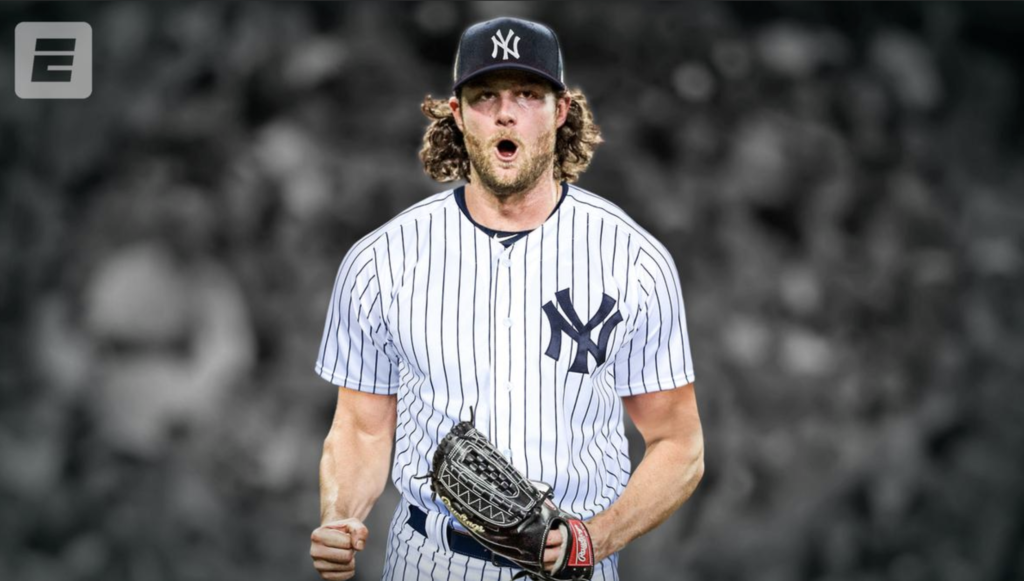
I Knew I should Of Played Baseball
-
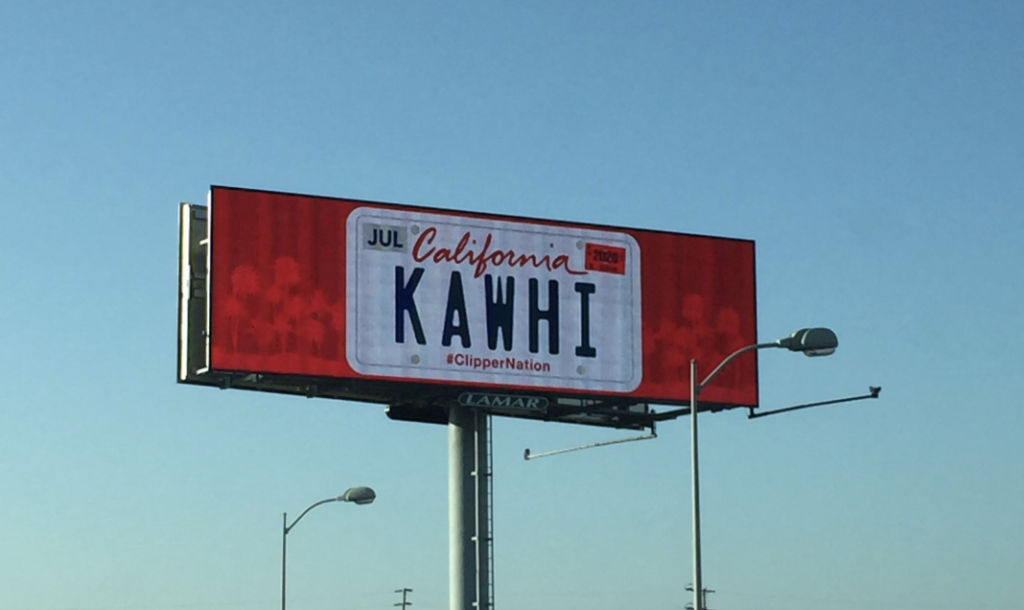
It's Good To Be King
-
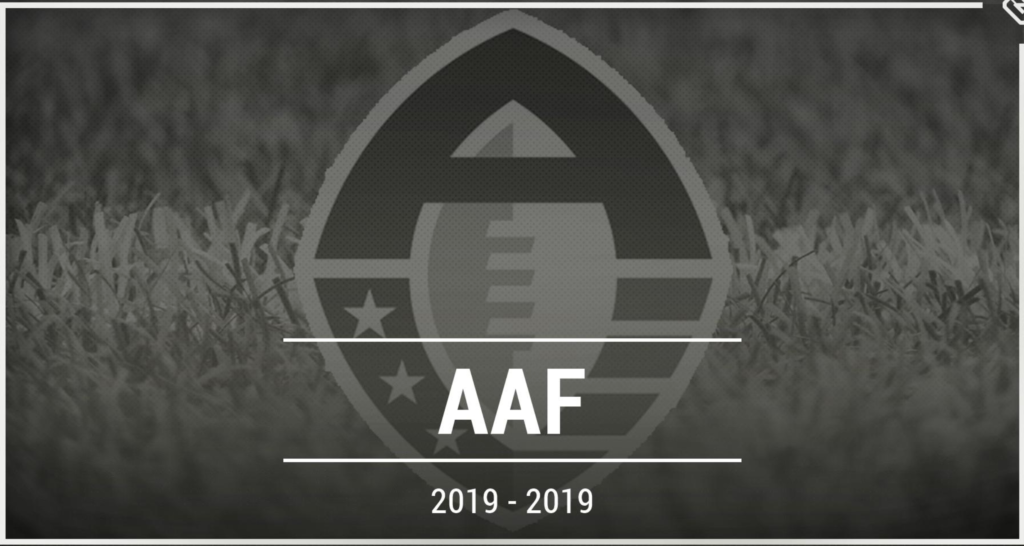
RIP To The AAF (We Blame Johnny Football)
-
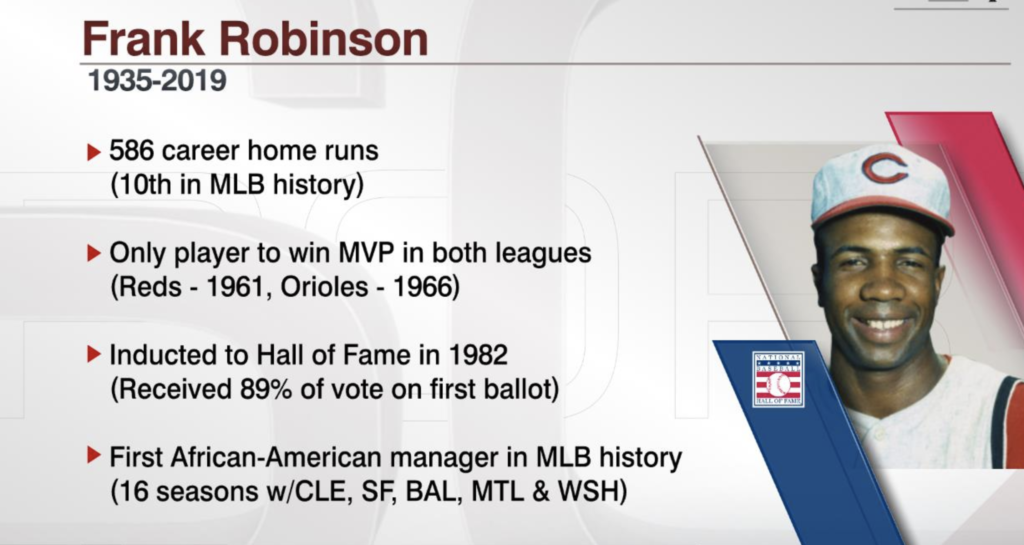
Thank You Mr. Robinson. Rest Well

